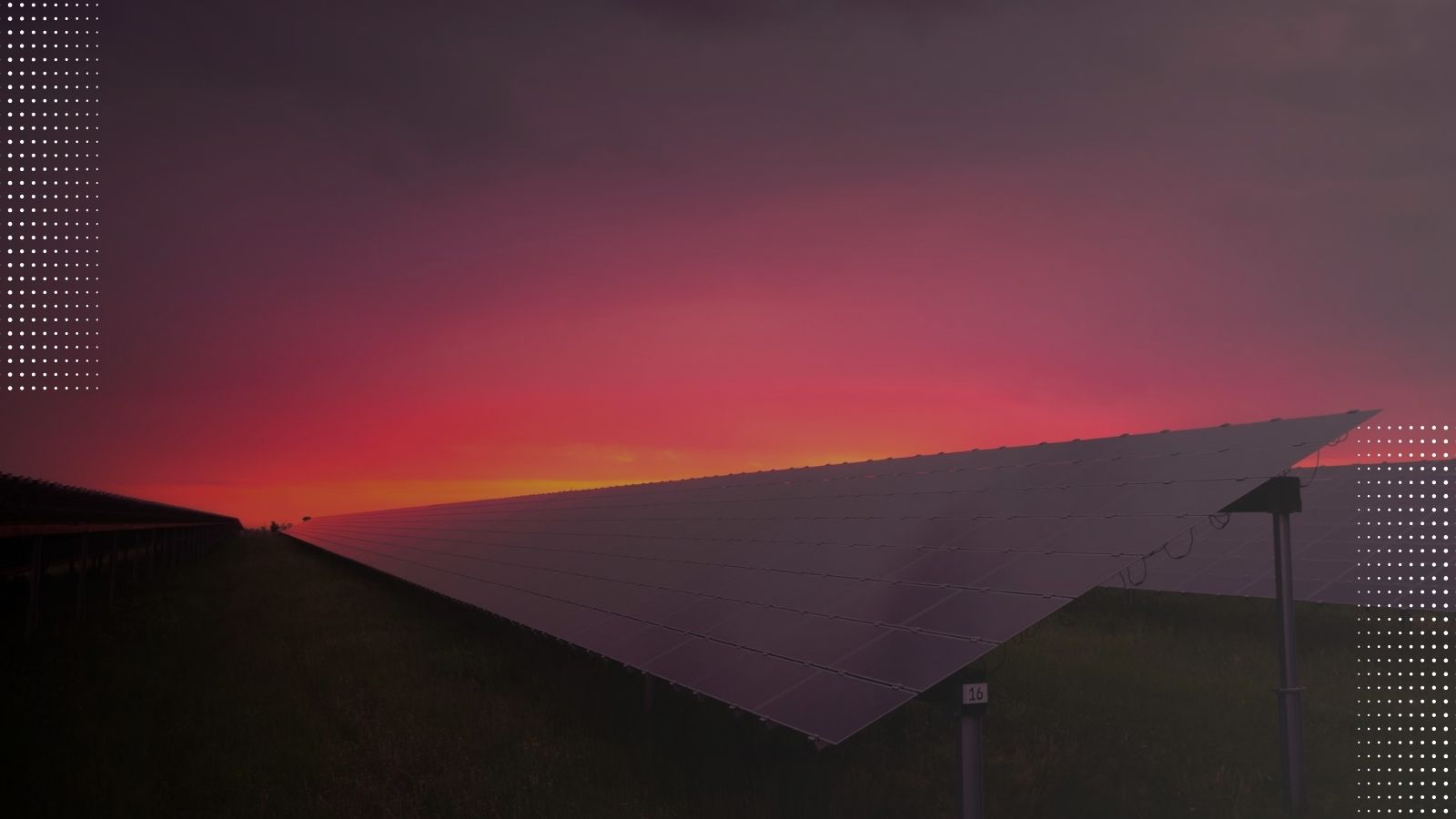The global move to clean, renewable energy is “unstoppable” and happening much faster than previously forecast, according to a new report from the International Energy Agency (IEA).
“The phenomenal rise of clean energy technologies such as solar, wind, electric cars and heat pumps is reshaping how we power everything”, says the group’s annual World Energy Outlook.
However, the report warns that investment in fossil fuels, which account for three-quarters of all greenhouse gas emissions, is still too high and that, under current policies, temperatures are set rise well above the 1.5C target laid out in the Paris Climate Agreement.
Renewables growth accelerating
“The transition to clean energy is happening worldwide and it’s unstoppable,” said the IEA’s head Fatih Birol. “It’s not a question of ‘if’, it’s just a matter of ‘how soon’ – and the sooner the better for all of us.”
He went on to outline the “immense benefits” of the clean energy transition, including new jobs, greater energy security, less pollution, universal energy access, more stable energy prices and a safer climate.
Renewable energy costs have plummeted in the last decade and it is now the cheapest form of energy in most countries around the world. In some, the combined cost of producing energy and storing it, for example in batteries, is cheaper than fossil fuels. For this reason, renewable energy already accounts for around 30% of the global electricity mix, the IEA says, while 500 GW of renewable generation is set to be added this year, a new record. One in five cars now sold are electric, compared to one in 25 just three years ago.
The IEA says the transition will accelerate further this decade. It forecasts that renewables will account for 80% of all new electricity generation between now and 2030, by which time they will account for around half of all electricity generation, with solar PV producing more electricity than the entire US power system does today. Around half of new car registrations in the US will be electric, with 10 times more electric cars on the road across the world than today.
The pace of the transition has forced the IEA to radically revise its forecasts. Just two years ago, it predicted 12% of news cars in the US would be electric by 2030, while projected additions to Chinese solar PV and wind capacity are now three times higher than they were in 2021.
All these forecasts are made using current policies, but if governments deliver on pledges already made, the transition would accelerate even faster. And there is easily enough spare capacity for this to happen. By 2030, for example, the world is set for manufacturing capacity of 1,200 GW of solar panels a year, with only 500 GW set to be deployed.
On the flipside, the IEA is also forecasting that global demand for coal, oil and gas will all peak this decade, the first time it has made such a prediction.
1.5C ‘possible but difficult’
Despite this rapid transition, the IEA says even “stronger measures” are needed if the world is to keep warming within 1.5C above pre-industrial levels, as laid out in the Paris Agreement. It says that under current policies, the world is heading for 2.4C warming.
Reducing emissions quickly enough to achieve this goal “remains possible but very difficult”, the IEA says. Investment in oil and gas would need to halve by 2030 if the world is to reach net zero by 2030, a key determinant of whether the 1.5C target is met.
The IEA outlines five key ways in which the world can get on track for the Paris goals: Triple global renewable capacity; double the rate of energy efficiency improvements; cut methane emissions from fossil fuels by 75%; introduce new financing mechanisms to triple clean energy investment in developing countries; and establish measures to ensure an orderly decline in fossil fuel use, including an end to unabated (where emissions are not captured) coal plants.
Other selected forecasts from the IEA’s WEO
|





